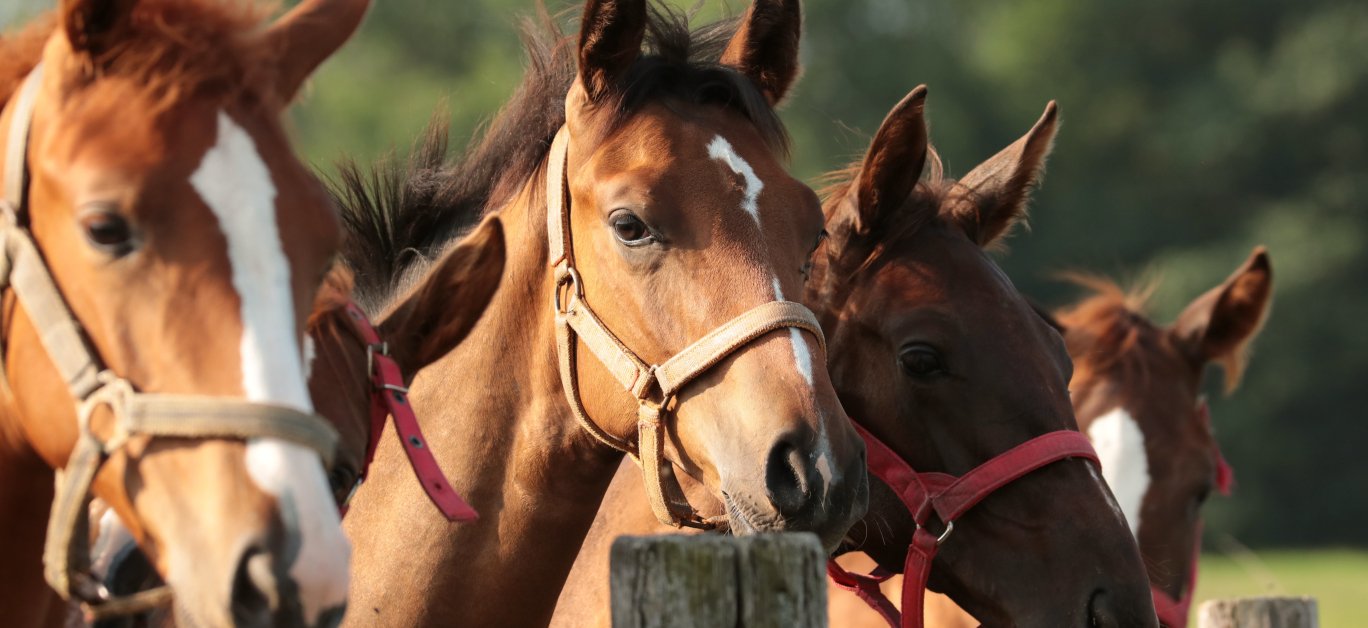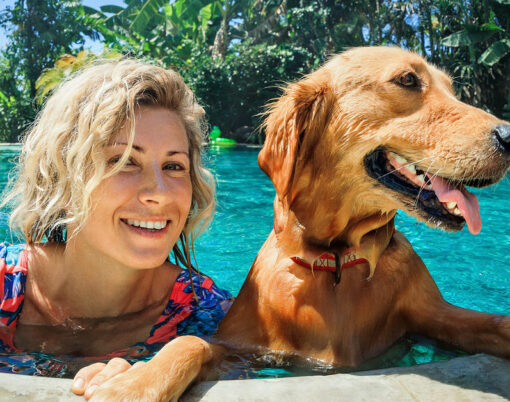Throughout the year, it is important that all owners continue to assess their horse’s health. Everything from veterinary care to dental care should always be kept up to date and the winter season is no exception.
During the winter, conditions can dramatically change and, as a result, we need to ensure that our horse’s welfare is a top priority. Today, we will be sharing six top tips that all owners can follow to ensure that their horses stay safe this winter.
1. Provide warm shelter
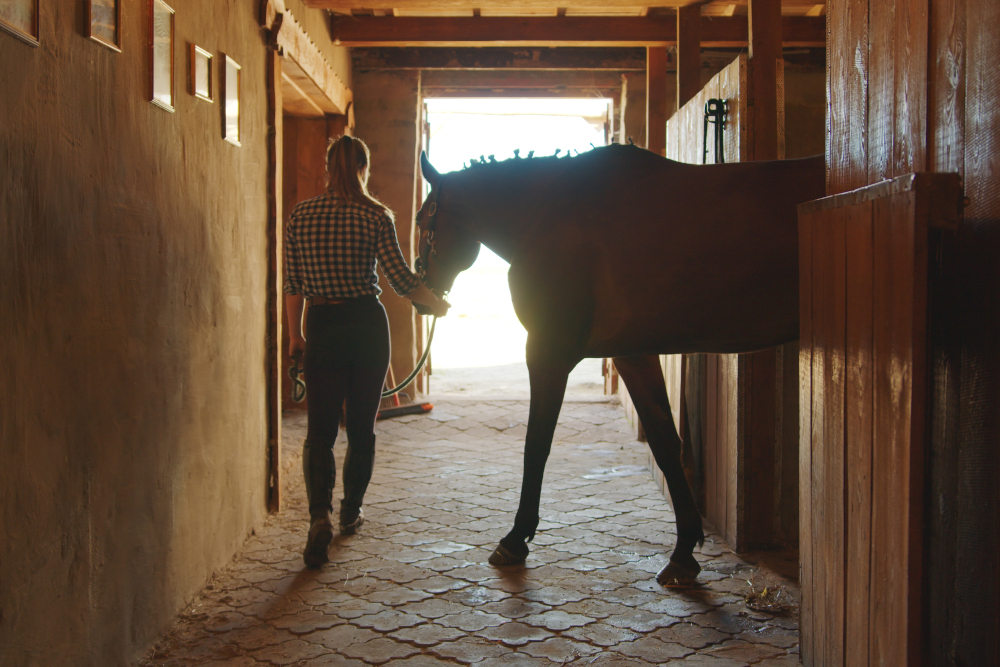
The winter months can bring in some harsh weather conditions, so it is important that you provide your horse with a warm shelter where they can seek comfort if the weather gets a bit too much for them. You will tend to find that the cold weather is not enough to put your horse in a lot of discomfort, however, it is challenging weather conditions like wind and rain that can be difficult to deal with. In the event of wind and rain, it is important that your horse has a shelter where they can take cover.
If you take a quick look online, you will find plenty of field shelter inspiration. It doesn’t have to be a big grand shelter, in fact, it can be very easy to build a functional shelter, the important thing to remember is it needs to be big enough and stable enough to withstand harsh weather conditions.
2. Be wary of icy paths
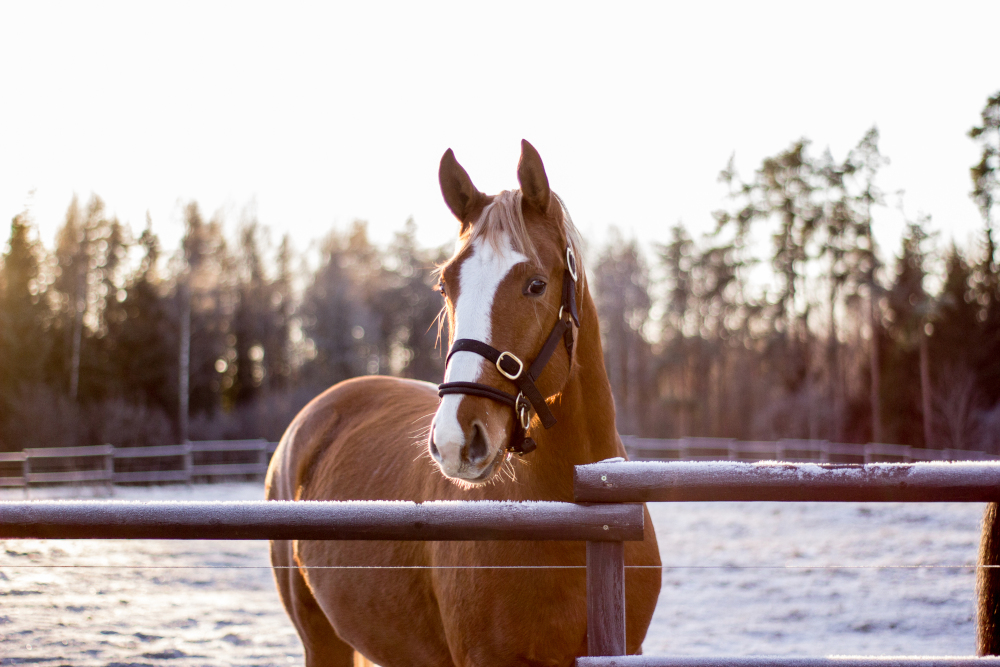
It is no secret that during the winter, we can experience frosts. You will tend to find that, at times, your paddock will be icy and the paths that you usually ride on will also be covered in ice. It is crucial that you stay vigilant during these times as, although a path may not look icy, it could be an accident waiting to happen. You should try and avoid sending your horse out on icy paths as this could result in injury, instead, it is important that you have a supply of sand readily available. Placing sand across the ice will make the conditions a lot safer for both you and your horse.
3. Know when to rug your horse
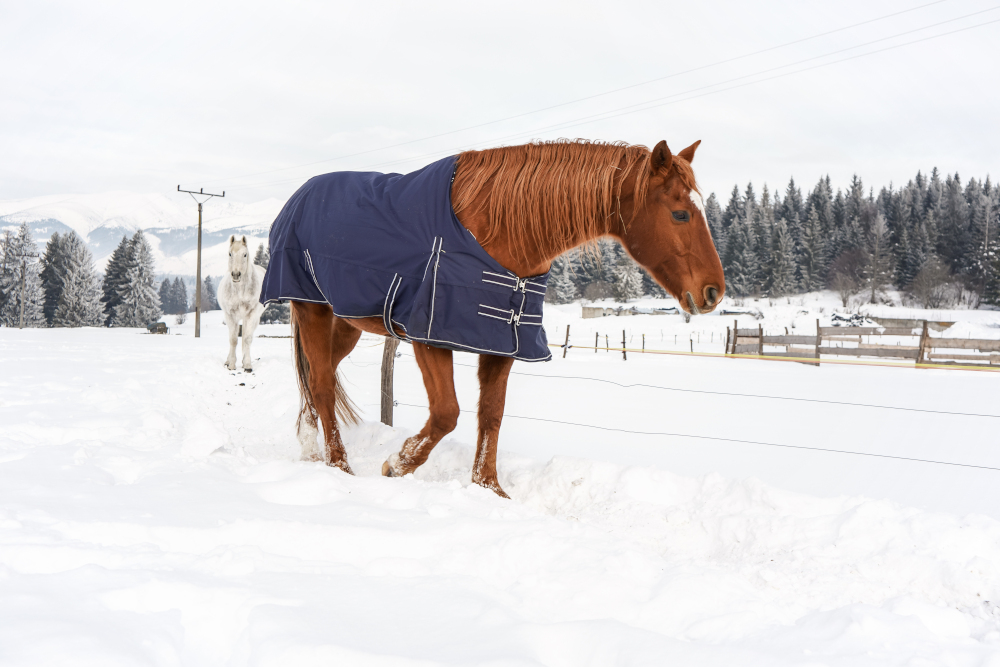
It is important that all owners know when the appropriate time is to rug their horse. You may already be familiar with the different types of horse rugs available such as fleeces, coolers and sheets. Choosing the right one is essential. Just because you may be freezing in the cold weather conditions, this doesn’t mean the same rule applies to your horse. In fact, rugging your horse when they don’t need it can lead to a number of problems such as skin conditions, weight gain and discomfort.
Typically, most horses will not need rugging unless the temperature plummets to 5-10°C. If you do need to rug your horse, always make sure to have a backup in case it gets wet. Equi Supermarket are an online shop with a plethora of equestrian equipment and horse tack, they have an array of rugs available, and they can be delivered straight to your door.
4. Regularly assess body weight

Regularly assessing your horse’s body weight is something that you should be doing all-year round. In the winter, you will need to ensure that your horse’s food does not run out, so you will want to provide a healthy supply of food to keep them energised throughout the winter months. However, it is important to take note of your horse’s weight as you do not want them to be overweight.
If you do find that your horse is overweight, then there are a few things you can do to help. You should try to use different systems so your horse accesses forage in varied ways. Not only will this slow down consumption, but it will also help them maintain a healthy weight. You can learn more about feeding your horse in the winter through various online resources.
5. Focus on each horse individually
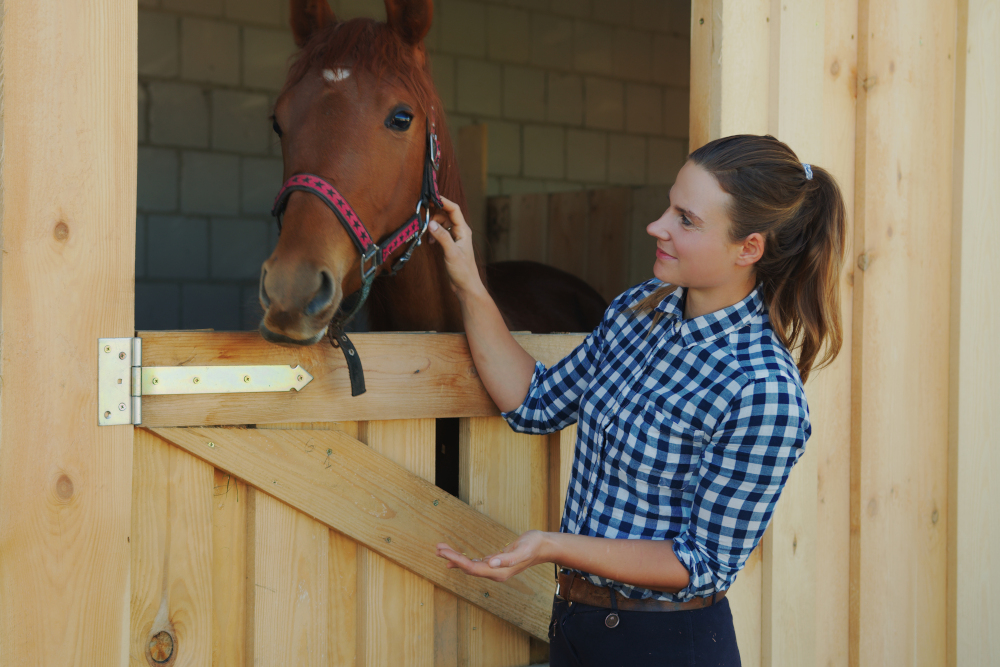
Every horse should be treated as an individual. After all, they may have similar needs, but as the seasons change some will need different care to others. For instance, if you have an older horse, they may need to be rugged during harsh weather conditions, but the same can’t be said for a younger horse.
The amount of food you choose to give your horse and whether or not they should be rugged will depend on the needs of each horse. If you are worried about one of your horses, then it is recommended that you either consult with another owner for their advice or ask your vet. During the colder months, it is always best to be safe. If you have concerns with your horse’s welfare it is beneficial to identify issues sooner rather than later.
6. Keep an eye on your horse’s coat
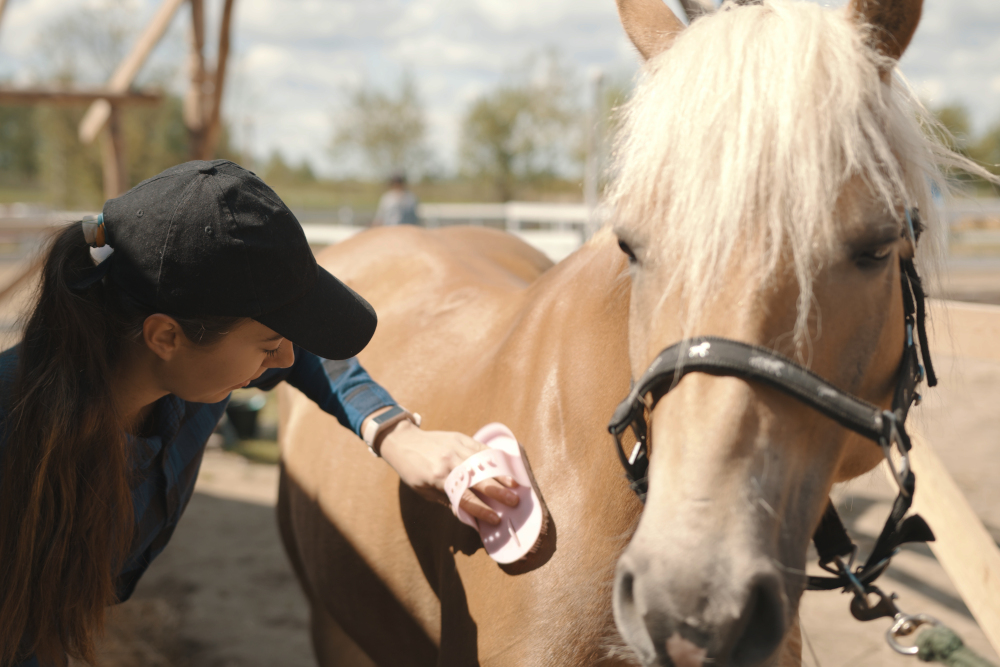
As well as providing a clean water supply, fresh food and a warm shelter, it is also important that you keep an eye on your horse’s coat. During the winter, the weather can drastically change. You will tend to find that there is more moisture in the air and as a result this can create skin conditions for your horse. The harsh weather conditions can break down the protective oily layer on a horse’s skin and as a result, bacteria can thrive.
It is worth conducting some research into common skin conditions, so you are aware of what to look out for. Typically, mud fever, thrush, ringworm, folliculitis, and lice are amongst the most common. It is important that you familiarise yourself with the signs so you can identify any issues early. If you are unsure, always consult with your vet.
We should prioritise our horse’s welfare all year round. That being said, the winter can be a difficult season to tackle – weather conditions can worsen, and this can become difficult for your horse to face. By following our top tips above, you will be well on your way to keeping your horse happy this winter.












